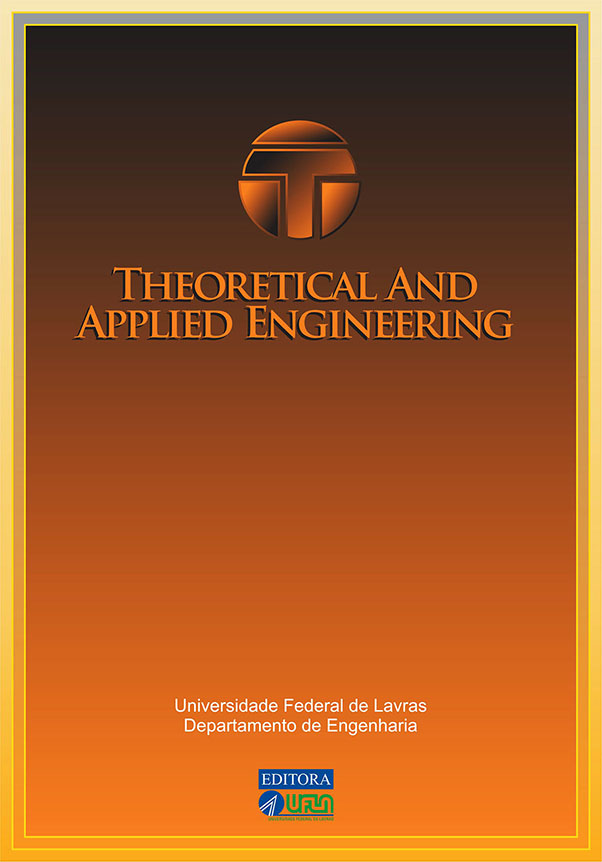MEAN SURFACE TEMPERATURE OF JAPANESE QUAIL EXPOSED TO DIFFERENT LEVELS OF AIR VELOCITY AND TEMPERATURE AT START OF LAY
Main Article Content
Abstract
The objective of this study was to evaluate the effect of different air velocities and temperature at the feeder on mean surface temperature of Japanese quail during the initial stage of laying. The experiment was carried out at the Center for Research in Environment and Agroindustry Systems Engineering (AMBIAGRO), Department of Agricultural Engineering, Federal University of Viçosa, Viçosa/MG, Brazil. A total of 216 Japanese quail in the initial laying phase were placed in four environmental chambers with different temperatures and air velocity, where they were housed and distributed randomly in 2 galvanized wire cages, with 3 partitions each and 27 birds/cage, and a density of approximately 155.6 cm²/bird. The experimental design consisted of randomized blocks with replications of two treatments (air velocity at the feeder: 0, 1, 2, and 3 m/s and air temperature: 17, 23, 29 and 35°C). The mean surface temperature was analyzed by Two-Way ANOVA, with treatment means separated by the Tukey test (P < 0.05). There was a significant positive correlation between air temperature and mean surface temperature (MST). Air velocity is important in removing heat from the surface of birds.
